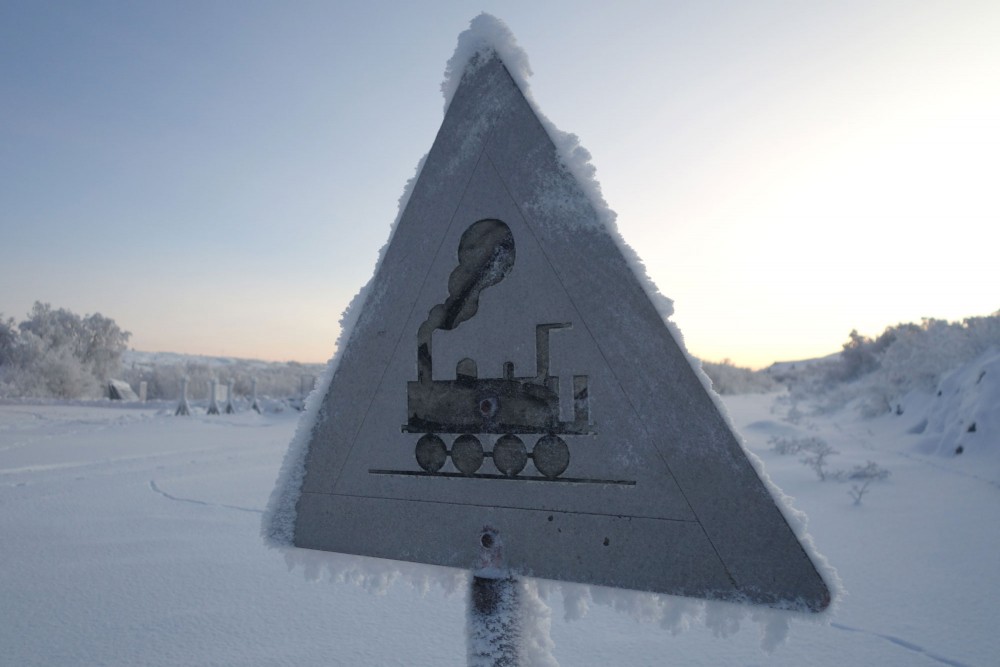Arctic railway not commercially viable, report says
The report means the project will now be put on hold.

The Finnish-Norwegian working group exploring a potential Arctic rail corridor connecting Rovaniemi in Finland to the Arctic Ocean at Kirkenes, Norway says cargo volumes are too small to justify building the railway.
“According to all the finance models used, the project would not be commercially viable,” the conclusions in the report reads.
The working group says transport volume would have to be around 2.5 million tonnes per year to cover the annual maintenance costs of such railway.
“Such volumes cannot be regarded realistic without any significant changes in business in the area or in the costs of different transport modes,” the report says. However, it underlines that the conclusions are based on preliminary data.
Anne Berner, Minister of Transport and Communications of Finland, received the report on Monday.
The working group looked into different scenarios for future transport volumes.
A best case scenario, the report reads, links the Arctic railway from Kirkenes on the Barents Sea coast to Rovaniemi along with the planned Helsinki-Tallinn tunnel and the Rail Baltica project.
EU funding
This “could be significant for entire Europe by opening a fast connection from Central Europe to Northern Europe and further to Asia via the Northern Sea Route,” the report says, but underlines:
“This however requires that the planning and background work in these projects have to be of very high quality and must be carried out so that also the European Union is behind this entirety of several infrastructure projects.”
The working group further calls on ways to finance such railway. “The Arctic Railway along with the other projects mentioned, requires funding from several sources.”
The working group says it is now for the politicians in the two countries to take the next step.
“In order to be able to launch the planning, a political decision on the implementation of the project would have to be made in both countries.”
Railway vs. reindeer herding
According to the report, the Arctic railway would have diverse impacts on the environment and the Sámi people. Highlighted in the study are the uniqueness and sensitivity of the natural environment in the north which requires special attention. “This is widely known,” the report reads.
Liisa Holmberg is from a Sámi family of reindeer herders in Sevettijärvi, northern Finland. Like other reindeer herders, Holmberg says it is important that the Sámi voices are heard when such a railway is planned.
After the end of the joint Finnish-Norwegian working group’s term, the Ministry of Transport in Helsinki and the Sámi Parliament conducted negotiations concerning the possible railway.
The report concludes that if the railway project was to be promoted, the participation of the Sámi “must be ensured so that no irrevocable damage would be caused to their culture or livelihoods.”
Since the study has solely focused on preconditions for a railway, no decision is considered in regards to a possible routing of the tracks. The distance from Rovaniemi to Kirkenes is about 500 kilometers, of which more than 90 percent is within Finland if the tracks are built west of Lake Inari.
Last September, the Saami Council made a resolution saying a railway would affect the income and existence of reindeer herding communities in the entire area from Rovaniemi to Kirkenes.
“I can clearly state that there is no way for a railway from Rovaniemi to Kirkenes to be built without harming Sámi culture, traditional Sámi reindeer herding and fishing,” President of the Saami Council, Åsa Larsson Blind, told the Barents Observer.
With this report, the Arctic railway will be put on hold.